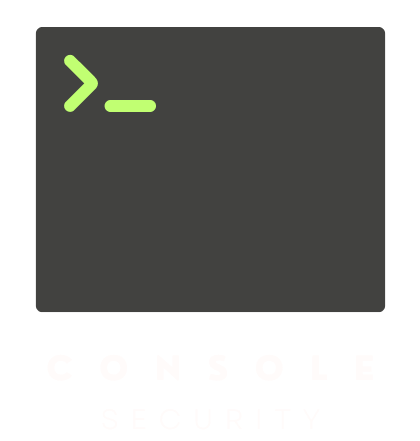AppOmni Study
The latest State of SaaS Security Posture Management Report from AppOmni, a SaaS cybersecurity provider, has revealed a growing awareness of SaaS cybersecurity among business, IT, and cybersecurity leaders. The report, which surveyed over 600 leaders in companies with 500-2,500+ employees, found a high level of confidence in SaaS cybersecurity preparedness and capabilities.
The respondents rated their organizations’ SaaS cybersecurity maturity level positively, with 71% stating that their organizations have achieved either a mid-high level (43%) or the highest level (28%). When it comes to the security levels of SaaS applications authorized for use, 73% rated them as mid-high (41%) or the highest maturity level (32%).

Impressive Results
An impressive 85% expressed confidence in their company’s or customer’s data security in sanctioned SaaS apps. However, the reality of SaaS security incidents and breaches paints a different picture. Despite the high confidence, 79% of respondents reported identifying SaaS cybersecurity incidents over the past 12 months. These incidents occurred even in environments with enforced cybersecurity policies, as 66% of respondents claimed.
SaaS data breaches can have severe consequences, including operational disruptions, reputational damage, and financial losses. A recent IBM report estimated the average cost of a data breach to be $4.45 million in 2023. The majority of incidents fell into preventable categories such as over permissioned users, app misconfigurations, and human error-related data exposures. The report also highlighted the underestimated risk associated with the SaaS footprint. As businesses increasingly rely on cloud and SaaS infrastructure, the flexibility and customizability of SaaS have become a game-changer for productivity. However, SaaS applications carry hidden risks, and traditional cybersecurity tools and procedures may not provide adequate protection.
Several Commonly Misunderstood Risks
AppOmni’s report identified three common misunderstandings that lead to avoidable cyber risk: misconceptions about SaaS data security, overconfidence in SaaS cyber risk visibility, and misreading the SaaS cyber threat model. The report also emphasized the challenges of maintaining compliance with regional and international regulations. Half of the respondents rely on manual SaaS audits, which may not be sufficient to meet evolving compliance requirements. To strengthen SaaS cybersecurity, the report recommends investing in the right tools and a robust SaaS cybersecurity program.
A SaaS Security Posture Management (SSPM) tool can provide continuous monitoring of each SaaS app, allowing security and risk leaders to proactively address misconfigurations or data exposure risks. However, an SSPM solution alone is not enough. Organizations need to build a SaaS cybersecurity program, which requires a long-term investment of internal resources. Such a program can reduce the risk of SaaS-related data breaches, automate compliance and risk reporting, and realize cost savings and operational efficiencies. In conclusion, while confidence in SaaS cybersecurity is high, the reality of security incidents and breaches shows that there is still much work to be done. A combination of the right tools and a robust SaaS cybersecurity program can help organizations shift from perceived confidence to actual SaaS cybersecurity confidence.






